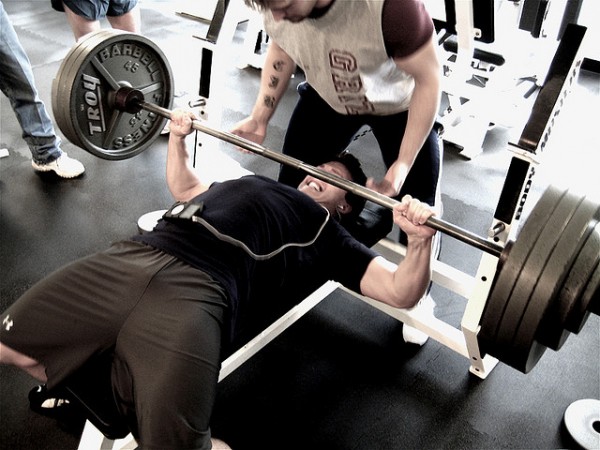4 Important Steps to Personal Growth
In the book Seven Habits of Highly Effective People, author Stephen Covey relates an experience of weight lifting with a friend who happened to have a PhD in exercise physiology.
They were bench pressing and Covey was asked to spot him. Just when it seemed the exercise expert would be done, he seemed to always go for one more rep. He didn’t ask for help until the weight was literally too much and threatened to hurt him.
Covey asked him why he tortured himself. Why make it hurt so bad?
Almost all of the benefit of the exercise comes at the very end. I’m trying to build strength. And that doesn’t happen until the muscle fiber ruptures and the nerve fiber registers the pain. Then nature overcompensates, and within 48 hours the muscle fiber is bigger and stronger.
From biology we learn that the best way to gain strength is through failure and pain, to push so hard that the muscle fiber ruptures. If we stop short of the rupture, and of the pain, no growth occurs. We remain the same.
If we work hard enough, extending ourselves beyond what we are capable of, then the rupture happens. Pain may rush through our bodies, but the pain has a purpose.
We have found the place where our bodies can adapt and we can grow stronger.
Just like gaining strength through lifting weights, we have to follow the same process in order to see personal growth and get better at what we do.
There are 4 key components to personal growth.
1. Repetition. To hit the point of failure and cause the muscle to rupture, you have to work hard and work often. You have to do enough repetitions to cause failure. Try once and you might be successful. Try enough times, however, and failure will come. If you haven’t felt pain yet, then you haven’t done enough reps. Too many people stop just before they are about to learn something valuable.
If you haven’t worked long enough or hard enough, then no personal growth will occur. Take risk. Fail. Learn. Repeat.
2. Pain. By nature, the process is painful. Lactic acid hurts and so does the feeling of being rejected. When the muscle ruptures, your sensory nerves tell you to stop, and so does your ego and pride when you fail. In the midst of failure, the pain can seem so bad that you may ask why? Why keep going? Why do this again? Why get back up? This is the key moment in your story.
How do you respond when the pain arrives? Having a clear vision of what you are trying to accomplish in yourself will help you fight through the pain.
3. Recovery. The muscle takes 48 hours to recover. It doesn’t happen immediately. If you do not allow enough time for an appropriate recovery, you can make it harder to rebuild enough to be ready to work again. Give yourself adequate time and opportunity to learn from your mistakes and failures. Books can help. Friends can help. Mentors can help.
Don’t focus on the pain or the failure, focus on the recovery. Focus on learning and getting better. You will heal, and you will be stronger as a part of that process.
4. Resistance. As you get stronger, you have to increase the resistance. The same amount of weight you used early on will become too easy for you. The only way to keep getting stronger, is to do more. To add more resistance. To push harder. Many settle for taking that first or even second step. They take pride in how far they have come and are satisfied.
Never become satisfied, keep pushing harder. Increase the resistance.
Fail enough times, feel the pain of failure enough times, and you will eventually become stronger.
The only way to succeed, the only way to grow and learn, is to fail enough, to engage the tension of that failure, to recover from it by learning, and then to use what you learned to go farther.
Have you felt the pain of failure? How did you grow from it?
Consider sharing your experience by leaving a comment.

